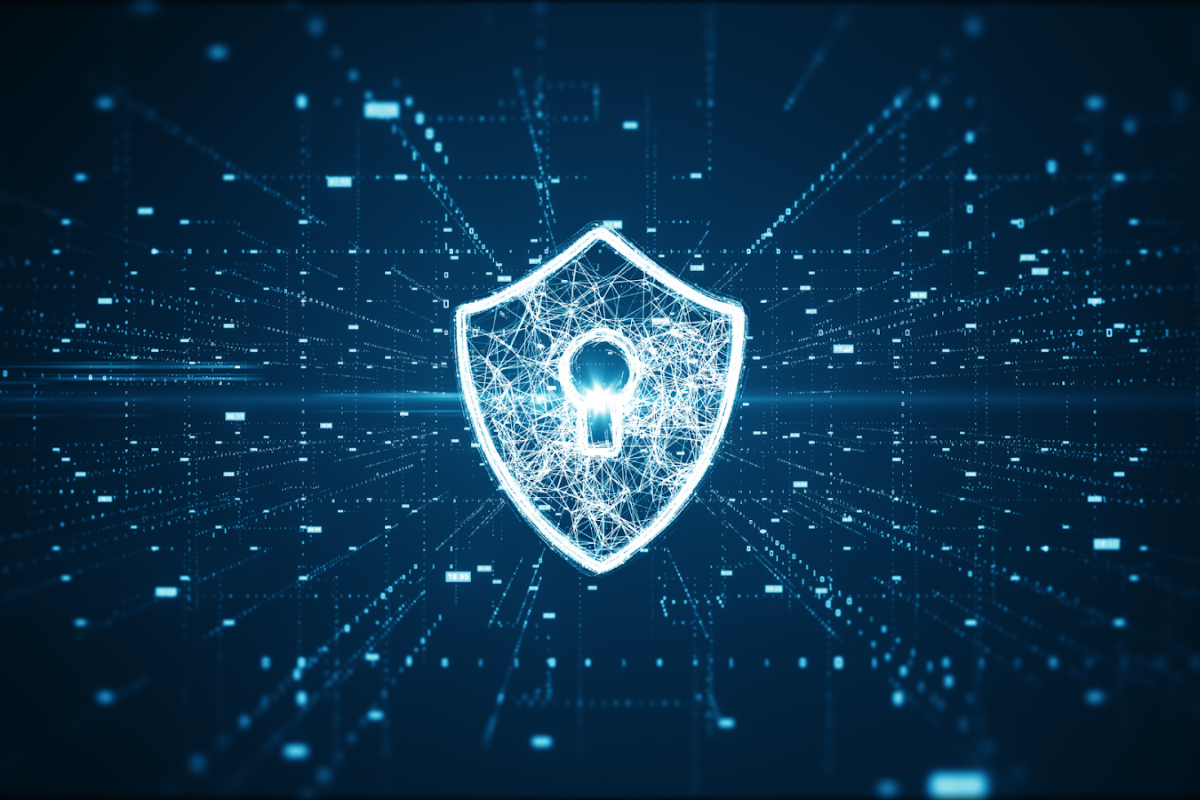The arrival of the quantum age brings about a transformation in the field of cybersecurity.
Quantum computing holds the potential to revolutionize technology by solving problems at a pace surpassing even today’s most powerful supercomputers.
However, this progress also presents challenges in terms of cybersecurity. The advent of quantum computing means that our current cryptographic protocols, which safeguard our world, could be compromised.
As a result, we must reassess our security strategies to address these emerging cyber threats.
Table of Contents
ToggleQuantum Capabilities
Quantum computing changes how data is processed and analyzed compared to computing systems.
While classical computers rely on bits (0s and 1s) for calculations, quantum computers employ qubits.
Quantum bits that can exist in states simultaneously due to concepts like superposition and entanglement. This unique ability enables quantum computers to perform calculations at speeds.

Cybersecurity Risks
The power of quantum computing poses a risk to the algorithms that serve as the backbone for protecting our digital communications, financial transactions, and national security information.
Emerging Defenses
Guard.io and similar tools emerge as defenses against the cyber threats posed by advancements in quantum technology.
Many of these algorithms rely on the complexity of mathematical problems like factoring large numbers.
Quantum computers, such as those using Shor’s algorithm, are expected to solve problems.
Consequently, encryption that currently takes thousands of years to crack could potentially be deciphered within seconds in the era of quantum computing. This would render our current cybersecurity measures ineffective and outdated.
Quantum Cryptography
In response to the quantum threat, the cybersecurity community is actively working towards developing quantum cryptography.
This new form of cryptography aims to create algorithms that cannot be easily solved by quantum computers, ensuring the protection of information.
However, transitioning to quantum standards is a massive undertaking that involves not only developing new algorithms but also implementing them across the internet and other communication networks.
Compatibility Challenges
The process becomes more complex due to the requirement for these quantum algorithms to be compatible with existing infrastructure.
Overcoming this challenge demands time, investment, and coordination among governments, sector entities, and international standards organizations.
Despite these obstacles, progress is being made in developing methods for quantum-resistant cryptography. These include lattice-based cryptography, hash-based cryptography, and multivariate cryptography.
Advancements, In Quantum Computing
In the years quantum computing has made remarkable progress moving from theoretical discussions to practical experiments and prototypes.
Companies and research institutions around the world are in a race to develop quantum computers that offer processing power.
This section explores the breakthroughs in this field. Highlights key players involved. It also touches upon the significant investments being made, the challenges of scaling quantum systems and the milestones achieved in reaching quantum supremacy.
As quantum computers become more advanced they open up possibilities for solving problems in physics, chemistry and other areas ushering in a new era of computational capabilities.
The Impact Of Quantum Computing On Cryptography
Quantum computing poses a threat to cryptographic standards that safeguard the confidentiality and integrity of digital communications.
With its potential to break used encryption algorithms it is essential to reassess our infrastructure.
This section delves into how quantum algorithms like Shor’s algorithm could render current public key cryptosystems obsolete compromising everything from banking to secure communications.
It emphasizes the need for quantum cryptography while providing an overview of ongoing efforts to develop and standardize these new cryptographic paradigms that can secure our digital future against potential quantum threats.
Quantum. SecurityAlthough the emergence of quantum computing poses risks, to existing frameworks it also presents opportunities for bolstering security.
Quantum cryptography through quantum distribution (QKD) utilizes the principles of quantum mechanics to establish encryption that is theoretically unbreakable.
This section provides an overview of how quantum cryptography works, the practical challenges involved in its implementation and the current state of quantum communications. It also explores the limitations of quantum cryptography.
Emphasizes the necessity for an approach to security that combines algorithms resistant to quantum attacks with quantum encryption methods thus creating a robust cybersecurity infrastructure suited for the age of quantum computing.

The Role Of Government and Industry
Achieving progress in quantum computing and transitioning towards cryptography that can withstand quantum threats necessitates efforts between both private sectors.
This section examines the role played by government funding, policy making and international cooperation in fostering advancements in quantum research while ensuring cybersecurity.
It highlights initiatives and partnerships involving governments, technology giants, startups and academia aimed at advancing quantum technology and preparing for its impact on global security.
The significance of establishing standards, regulatory frameworks and guidelines to facilitate a transition into the era of quantum computing is also emphasized.
In the face of the approaching quantum revolution it becomes increasingly important to prepare both future workers for what lies.
This section emphasizes the significance of education and training, in the fields of quantum computing and cybersecurity.
It suggests incorporating quantum physics, computer science and cryptographic principles into curricula at all levels ranging from to higher education as well as professional development programs.
Additionally it highlights efforts to promote STEM education, diversity in the quantum workforce and create resources and platforms that facilitate learning in these crucial areas.
Each of these sections aims to enhance the reader’s comprehension of the nature of the quantum era.
Ultimately this sets the stage for concluding remarks that emphasize the need to adapt our cybersecurity strategies effectively in order to confront challenges head on.
Quantum Era Conclusion
Navigating an Era Defined by Quantum Technology The advent of the quantum age presents challenges to cybersecurity as it threatens to undermine existing encryption algorithms that serve as foundations for our society.
To combat this challenge effectively, there is a pressing need for us to reimagine cybersecurity strategies with a focus on developing and implementing cryptography that can withstand the power of quantum computing.
Transitioning to a cyber landscape that’s resistant to quantum attacks is a responsibility that falls on all of us. It requires collaboration across sectors and disciplines.
By investing in research, adopting standards that can withstand quantum threats, and using state-of-the-art security solutions, we can prepare ourselves for the challenges brought by the quantum age.
Although this journey may be complex, with foresight and innovation, we can safeguard the realm for generations.











